Managing mental health in work and in private time
You’d have to be living on the moon not to know we are in the midst of a cost of living crisis.
Mass media have been transformational in so many ways. However, during periods when the news appears consistently bad, being always ‘in the know’ can feel like a curse rather than a blessing.
We had the financial crash, austerity, Brexit and then COVID-19. Then just as we emerge blinking from the pandemic, life throws us another curveball in the shape of rising energy, fuel and food prices.

People have a tendency to aggregate their worries and then project them forward. You may say, “I might be doing okay financially right now, but what will the situation be in six months’ time?”
This is what psychologists call ‘anticipatory anxiety’ – the fear of something before it even happens. It is a common phenomenon for many people on Sunday evenings. Our relaxed weekend feeling melts away as the working week appears on the horizon.
Mary Spillane, psychologist and mental health expert for the Headspace app, calls this the ‘Sunday scaries’. She explained: “Your brain can become conditioned to worry on a Sunday night, even if you don’t have a particularly stressful week.”
The annual cost of stress-related absence to UK business is £30bn
A general rise in anticipatory anxiety has been noted as people have returned to the office post-pandemic. Worries about rising costs are now adding to this. We might like nice surprises but we generally have a fear and anxiety about the unknown and what lies ahead.

For the most forward-thinking businesses, focusing on mental health in the workplace is no longer optional. They know that looking after the wellbeing of their people isn’t just the right thing to do, it makes sense from a business and productivity point of view.
Poor mental health among the workforce is a cost burden to business. It leads to more absence and poor performance. A happier and motivated team is a more productive one. The annual cost of stress-related absence to UK employers is approaching £30bn. Why would any employer not want to fix that?
No magic wands but there are solutions
Of course, business owners and managers do not possess magic wands. We all lead complex lives with multiple challenges. If one of your employees has financial worries, and another is dealing with a relationship break-up, or a family illness, you cannot magic away those problems.
Right now, the cost of living is rising. People are worried about paying their rent or mortgage, heating their home as winter approaches, filling up their car and putting food on the table. And they will be experiencing anticipatory anxiety about the months ahead.

Money worries are strongly associated with mental health issues. Data from the Money and Mental Health Policy Institute reveals that in England alone, more than 1.5m people are experiencing both debt and mental health problems.
Its research found that almost half the people with problem debt are significantly more likely to experience mental health problems.
Those worries don’t disappear when people walk through the office door each morning. They can’t just put them on the coat hanger and forget about them. Mental health isn’t binary. People’s moods, anxieties and stress will ebb and flow. It is about how we manage them both collectively and individually.
Creating a positive culture and letting them know ‘you know’
Creating a working environment that feels welcoming, friendly, encouraging and positive creates a place where people feel valued and rewarded. You can also make a practical difference to people’s financial circumstances. Love2shop works with clients across multiple sectors to enable them to offer rewards and incentives.

There are all sorts of ways to help people plan for the future and alleviate some of that anticipatory anxiety. We’ve covered some immediate, easily accessible and affordable ones. People often feel less anxious when feeling like they have some measure of control and that’s only ever going to be a positive variable to influence when it comes to employee retention, attraction and productivity.
If you would like to discuss how Love2shop’s reward and recognition can work for your business, please email [email protected].


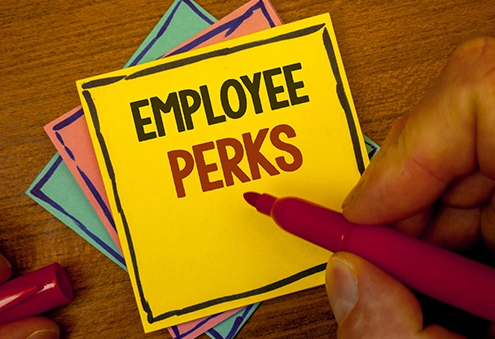

 Building and timber supplier, Buildbase, is successfully rolling out a customer loyalty pr
Building and timber supplier, Buildbase, is successfully rolling out a customer loyalty pr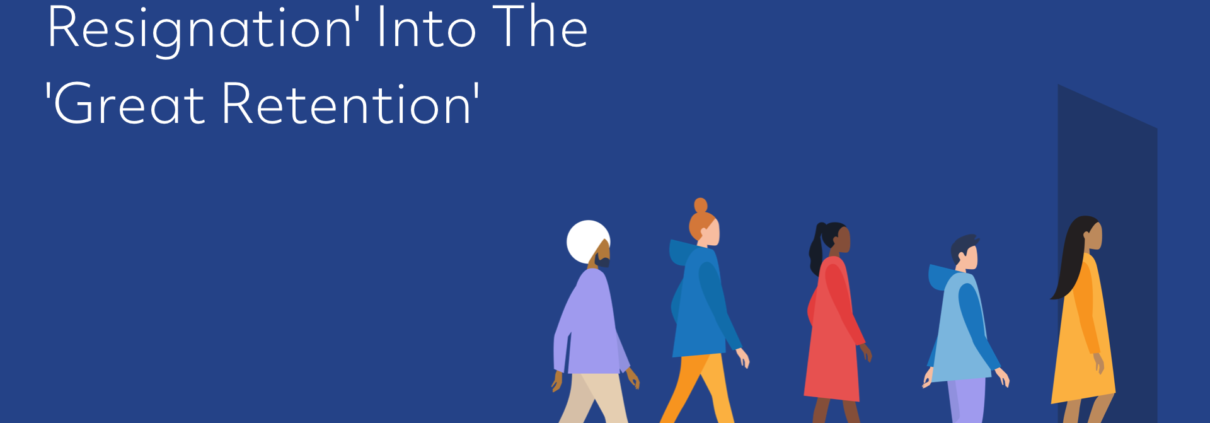


 When Love2shop asked 1,500 recipients of a
When Love2shop asked 1,500 recipients of a  When we’re starting to see diminishing returns on marketing spend it’s prudent to consider switching attention to building loyalty, developing brand engagement, and, eventually, creating brand advocates.
When we’re starting to see diminishing returns on marketing spend it’s prudent to consider switching attention to building loyalty, developing brand engagement, and, eventually, creating brand advocates.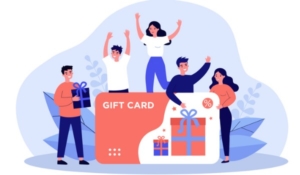 Regardless of how your business decides to tackle a changing market in 2022, it’s worth reconsidering how new customers and loyal customers are rewarded.
Regardless of how your business decides to tackle a changing market in 2022, it’s worth reconsidering how new customers and loyal customers are rewarded.
 While gift cards have won the day on the poll, we can’t ignore how well the offer of time off did as well.
While gift cards have won the day on the poll, we can’t ignore how well the offer of time off did as well. The company Christmas gift poll isn’t the only one we conducted recently. We also asked more than 13,000 consumers what their preferred gifts are for staying loyal to a company, and which new customer gifts would prompt them to switch to a new supplier.
The company Christmas gift poll isn’t the only one we conducted recently. We also asked more than 13,000 consumers what their preferred gifts are for staying loyal to a company, and which new customer gifts would prompt them to switch to a new supplier.
 It can be difficult to restart a conversation after a break. We’re often not quite sure how to rebuild a connection after a customer hasn’t made a purchase for a while.
It can be difficult to restart a conversation after a break. We’re often not quite sure how to rebuild a connection after a customer hasn’t made a purchase for a while. Re-engagement in 2021 has more weight than ever for businesses affected by national restrictions. We’re seeing a period of mass-trial in sectors that have re-opened, but re-opened with limited availability.
Re-engagement in 2021 has more weight than ever for businesses affected by national restrictions. We’re seeing a period of mass-trial in sectors that have re-opened, but re-opened with limited availability. Know your audience, and use what you know to guide your decision making. You don’t want to be perceived to have crossed a boundary.
Know your audience, and use what you know to guide your decision making. You don’t want to be perceived to have crossed a boundary.
 Customers want exclusives, they want to be treated like VIPs, and they want their loyalty to be recognised and rewarded.
Customers want exclusives, they want to be treated like VIPs, and they want their loyalty to be recognised and rewarded. Not every business keeps data on when customers make purchases, and for some businesses it’s not practical.
Not every business keeps data on when customers make purchases, and for some businesses it’s not practical.
 While things will be busy now, it never hurts to focus on the future.
While things will be busy now, it never hurts to focus on the future. No one can argue with what the public wants, not when the stats show overwhelmingly what they’re interested in.
No one can argue with what the public wants, not when the stats show overwhelmingly what they’re interested in.
 You can offer discounts, 2-for-1 deals, or attach a reward like a digital or plastic gift card to certain purchases – whatever works for your business. It’s simple, but as our clients will tell you, it works.
You can offer discounts, 2-for-1 deals, or attach a reward like a digital or plastic gift card to certain purchases – whatever works for your business. It’s simple, but as our clients will tell you, it works. Aside from their fitness goals updates and park walks, it’s been months since anyone had anything decent to share on social media. Across Facebook, Instagram and TikTok, the content well has been pumped dry. That gives your company an opportunity – be shareable.
Aside from their fitness goals updates and park walks, it’s been months since anyone had anything decent to share on social media. Across Facebook, Instagram and TikTok, the content well has been pumped dry. That gives your company an opportunity – be shareable. As restrictions ease one at a time there will, temporarily, be a slightly unequal situation. Depending on what kind of physical space is available, and which restrictions are affecting their business, some companies will have an advantage over others.
As restrictions ease one at a time there will, temporarily, be a slightly unequal situation. Depending on what kind of physical space is available, and which restrictions are affecting their business, some companies will have an advantage over others.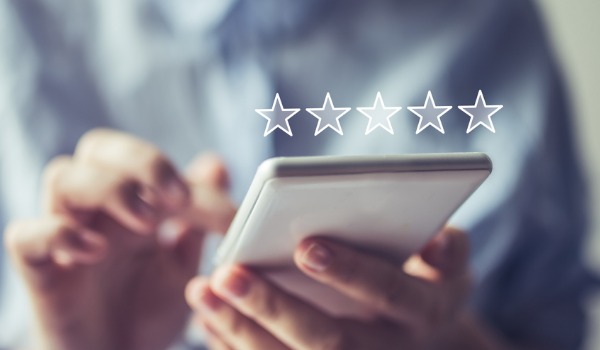

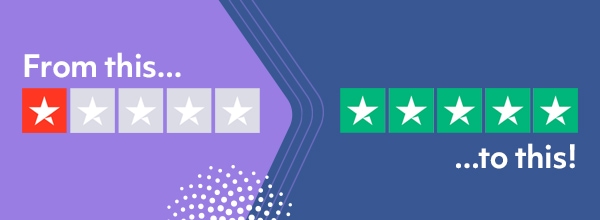
 First, check if the user has left their name, or their business’ name.
First, check if the user has left their name, or their business’ name. Once the issue is resolved, and the customer is happy again, you can talk about their review. Ask the client if they’re otherwise happy with your service, and if they are, ask if they would consider changing (or removing) their negative review.
Once the issue is resolved, and the customer is happy again, you can talk about their review. Ask the client if they’re otherwise happy with your service, and if they are, ask if they would consider changing (or removing) their negative review. Your reviewer might have taken pains to stay anonymous, or you might not be able to match them up to a contact in your CRM system. It happens from time to time.
Your reviewer might have taken pains to stay anonymous, or you might not be able to match them up to a contact in your CRM system. It happens from time to time. It’s not all rainy days!
It’s not all rainy days! As a review left on a website is in the public domain, you’re free to use a good one to promote your business. That said, we would recommend asking clients for their permission if you want to alter the review.
As a review left on a website is in the public domain, you’re free to use a good one to promote your business. That said, we would recommend asking clients for their permission if you want to alter the review. If a customer names a specific employee in the review, be sure to pass the review on to that person in recognition of their work.
If a customer names a specific employee in the review, be sure to pass the review on to that person in recognition of their work.